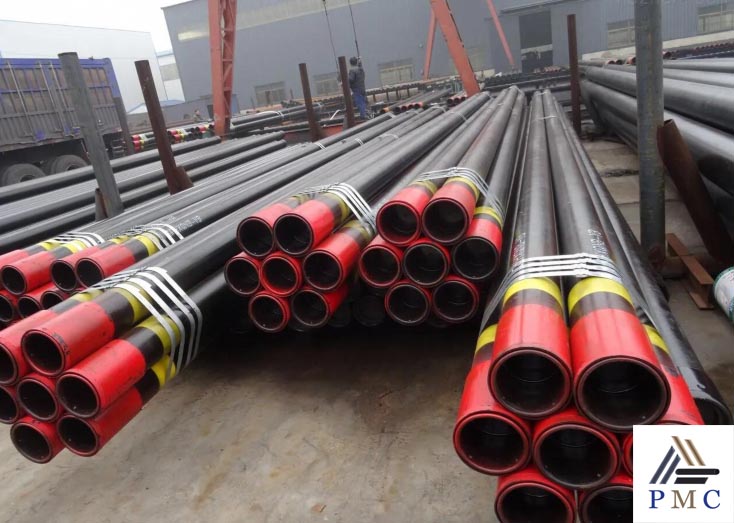
How to Remove Burrs from Petroleum Casing Pipe?
Burrs are ubiquitous in the metalworking process. No matter how advanced and sophisticated equipment you use, it will be born with the product. It is mainly due to the plastic deformation of the material and an excess iron filings generated on the edge of the processed material, especially the material with good ductility or toughness, which is particularly prone to burrs.
How to remove burrs from petroleum casing?
Slide the oil casing pipe to the deburring process, and remove the external thread protection devices on both sides; blow out the iron slag in the oil casing pipe with compressed gas. Specific steps are as follows:

Turn on the air source power switch of the air motor motor of the deburring equipment to check whether the length of the CNC tool is long enough and sharp; turn the tool bar to move the power switch axially, and shake the air motor motor power switch when the CNC tool extends into the tube body. Run at high speed, and then adjust the axial movement rate of the CNC tool (usually 0.7-1 meters per minute) until the CNC tool turns over all the holes in the wall thickness, and reversely rotate the tool bar to move the power switch in the axial direction. The CNC tool retreats until the power switch of the air motor motor When the end of the oil casing is exposed, immediately turn off the gas motor motor, and the numerical control tool is still moving axially. When it reaches the starting position, turn the tool bar to move the power switch axially to the end position.
Blow the iron slag in the tube with compressed gas, and use a flashlight to check whether the burrs in the inner cavity are cleaned. If it is determined that the burrs are removed, go to the next process. Repeat the above steps again until the burrs are removed; then install the external thread protection devices on both sides; after filling in the relevant records, the deburring process of the oil screen in the oil casing process is completed.
Go here to learn more about " Casing Pipe Manufacturing Process"


